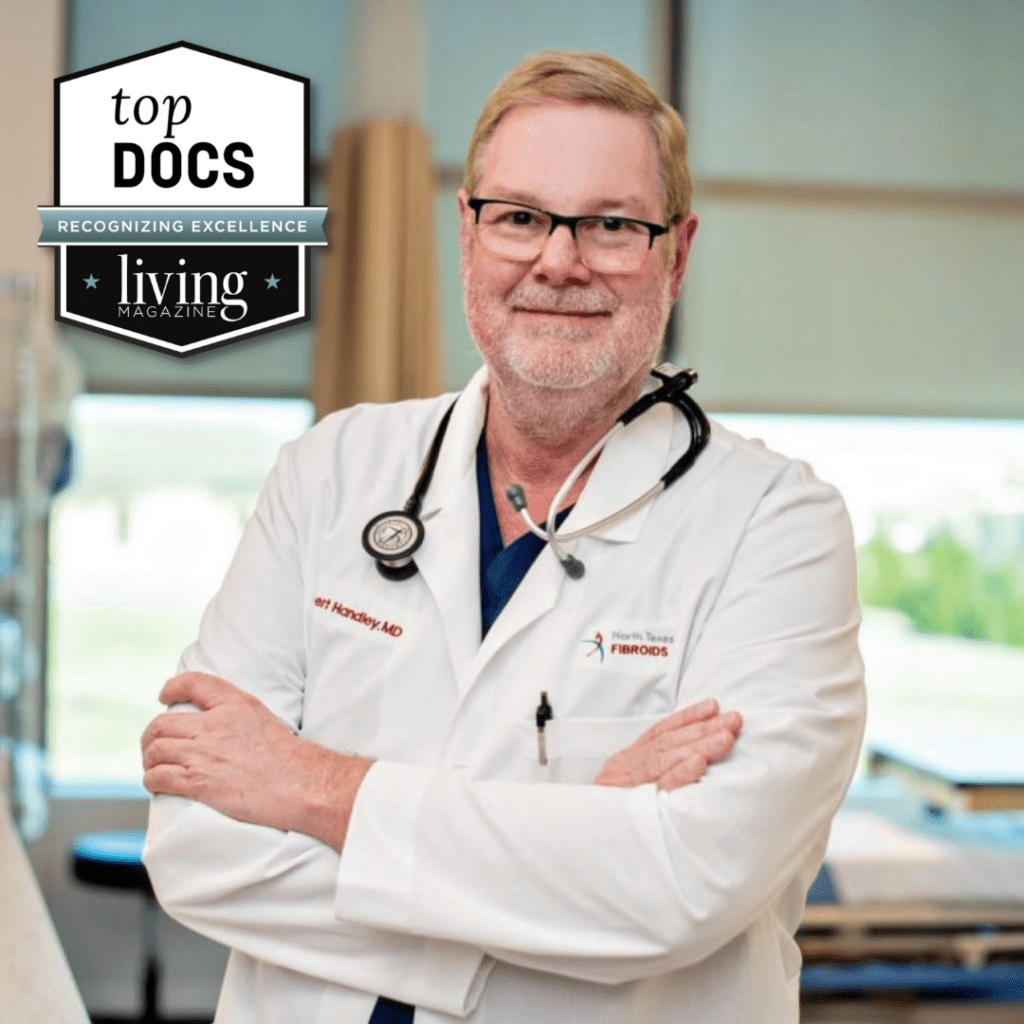Perhaps you are wondering if it’s time to get those varicose veins or spider veins looked at by a doctor. Perhaps someone you know has vein disease and you are concerned about your risk and what’s involved in diagnosing vein disease. Rest assured, modern, minimally invasive techniques make the evaluation, diagnosis, and treatment of vein disease a breeze compared to what it used to be.
What can Dallas, Texas patients expect from a venous health evaluation?
At your first visit with one of our varicose vein doctors or spider vein doctors, we will take a little time to learn about your medical history, as well as your current complaints about bulging vein problems or just concerns that they may appear soon. You’ll also be asked if you have any symptoms such as aching, heaviness or swelling in the legs. Dr. Handley will visually examine your legs and anywhere varicose veins or spider veins that you’ve noticed.
Vein disease can run far below the surface of the skin, however. The larger, deeper veins of the legs can also weaken and suffer from pooling of the blood, and this can have more serious consequences, such as deep vein thrombosis (DVT), or blood clots. DVT is dangerous because if the blood clot breaks free of its location in the leg, it can travel to the heart, lungs or brain and cause a deadly embolism. So, if Dr. Handley is concerned you might have or be at risk of DVT, he may perform a painless ultrasound evaluation during your visit. Ultrasound allows the vein specialist to visualize the veins deep beneath the surface and determine the severity of any underlying vein disease.
What are the treatment options for vein disease?
If you’ve put off having a venous health examination because of fear of painful, lengthy treatments, fear no more. These days, vein disease treatments are minimally invasive, meaning they are carried out through only a tiny incision in the skin, and require no general anesthetics or hospital visits. You’ll be comfortably treated at our Flower Mound, Texas center, in about an hour. The results are remarkable, and you’ll be back on your feet and on your way in no time.
The most common treatment options are sclerotherapy, microphlebectomy, and endovenous laser treatment (EVLT treatment) by a laser expert. Which treatment is right for you will depend on the location and extent of your vein disease, and the symptoms you are experiencing. The goal of these treatment options is either to remove the problem vein or to close the vein in its place and seal it off, so that the body can reabsorb it and make use of healthier veins in the area.
The best first step is a venous health examination with a qualified vein specialist such as Dr. Robert Handley. We will take both your health concerns and your aesthetic concerns into account as we help you choose a treatment plan that will work for you and your individual needs.
Dr. Robert Handley, leading vein doctor at the Flower Mound Vein Center, can help you learn more about diagnosing vein disease and treating it. We look forward to meeting you.
